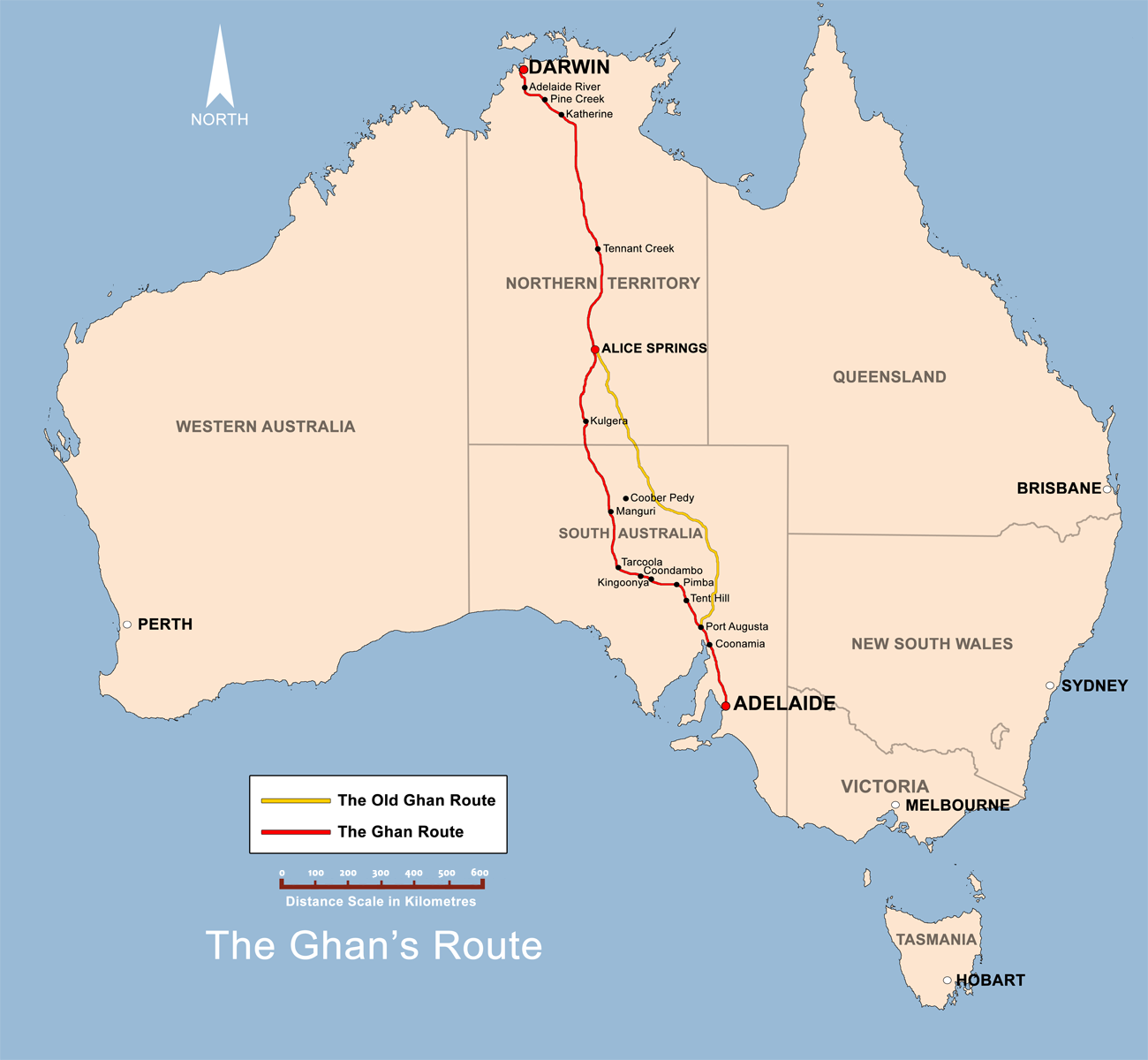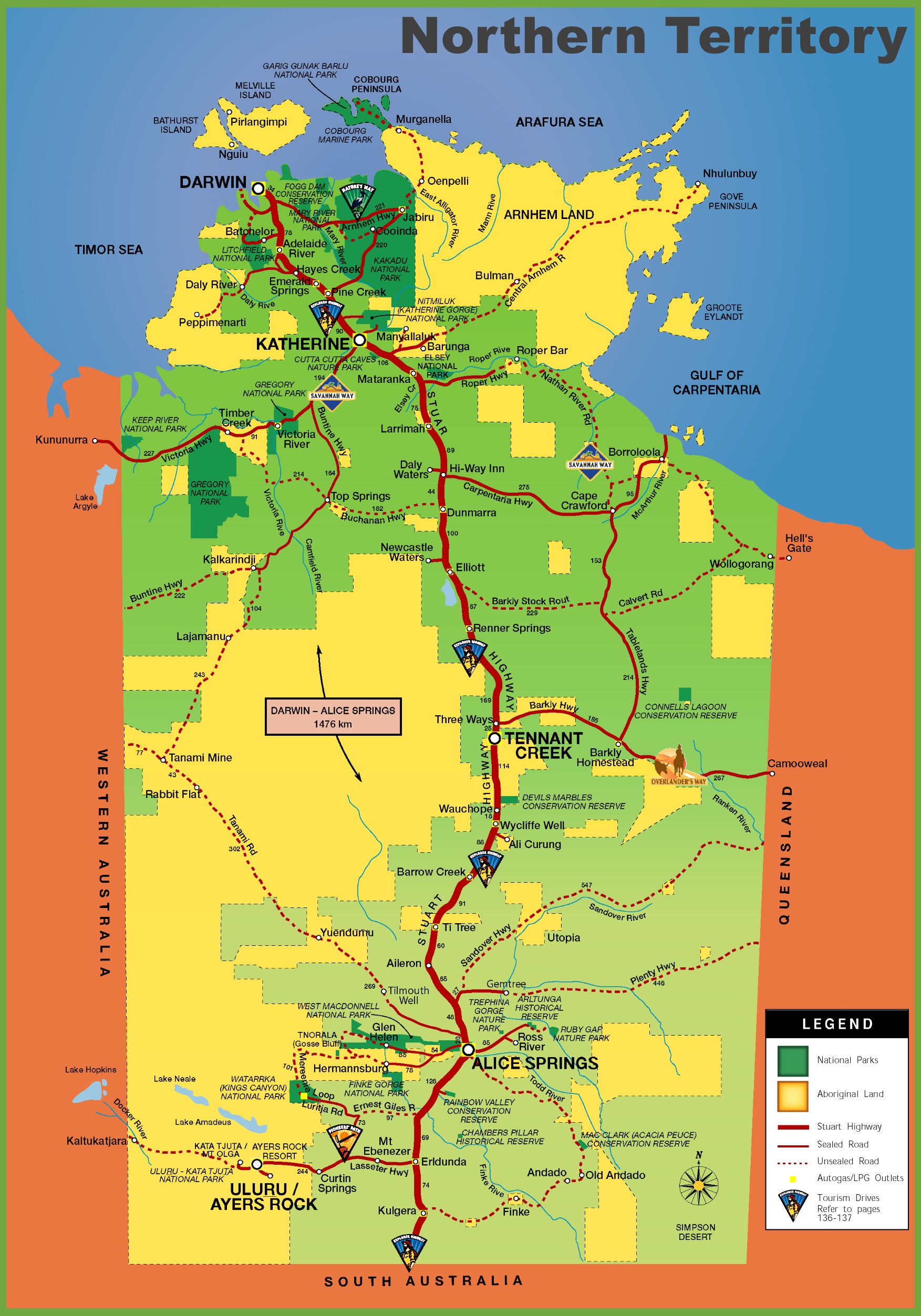Tanks, bulldozers, artillery, landing craft, aviation engineering materials = long standard gauge width FLATCARS. Or specialized trucks.
The US is supplying the haulage, so the transportation infrastructure needs to fit the haulage. Not ideal, but that is the bottleneck that plagued Cartwheel.
First of all, as you mentioned earlier a lot of those things, especially the big ticket items, are already coming in by ship, often from the USA but possibly from Britain as well. The train isn't so much going to have to move tons of tanks and planes, its mainly bringing things like in food, building materials (especially lumber), ammunition, clothing, smaller machines and parts, vehicles that can be made in Australia, mail and of course, passengers. I think that a narrow gauge should work well. Also, what exactly do you mean by "aviation engineering materials"?
As for the haulage, the US already builds lots of narrow gauge locomotives and rolling stock for its own impressive network of narrow gauge lines out west and exported a lot of them too, including to Japan, which uses the same 3'6" track. Besides that, Australian builders were surprisingly proficient and built trains for various gauges. While American rolling stock would be welcome, don't underestimate the Australians' ability to make their own engines.
Regardless of how the project proceeds, it's hard to see how it wouldn't take at least a full year. Besides building the tracks, unless you want to engineer fancy condensing locomotives, you've also got to build stations along the way with wells and water tanks to keep the boilers filled, not to mention track maintenance crews. It might have been necessary to bring in laborers from elsewhere in the empire if such a project were to be undertaken. As you said, it does indeed make the ALCAN, much of which was built over surprisingly easy terrain, look like a cakewalk.
The answer IMO:
These babies on the other hand, will go a long way towards supplying the ports of Darwin and maybe Broome, from Eastern Australia as well towards building any railway itself since they can bring in supplies supplies to crews working on segments way past the railhead. They only need some earthmovers to clear a path and keep it open through monsoon season. Just don't ship anything fragile this way.


